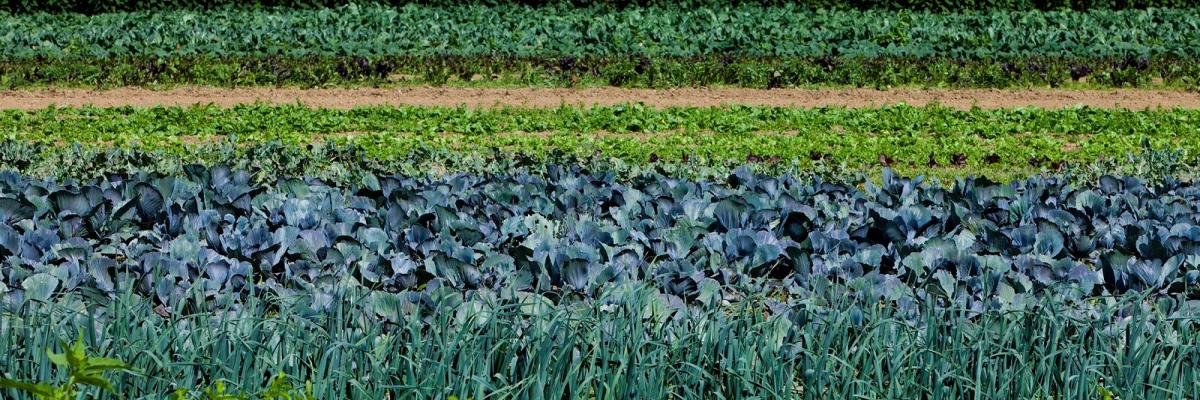

Organic crop rotations
Horticulture
Horticulture
Download the PDF
Resource explained:
It is good practice to not grow the same crop family on a piece of land more than once in every four years in crop rotations. Exceptions are when a fertility-building crop such as grass/clover ley is grown for two or three successive years or when a perennial or biennial crop is grown. This Soil Association (SA) factsheet provides guidance to help you plan and manage your crop rotations. It covers:
- The role of a rotation.
- Conformance to rules and regulations.
- Crop rotations as part of cropping plans necessary for conversion to organic status.
- Required, recommended, permitted and prohibited practices according to SA standards.
- Factors to consider when designing a rotation.
- Green manure crops for fertility building (legumes and non legumes).
- Example of a typical rotation.
- Key considerations when planning a rotation.
- Rotations for disease, pest and weed control.
- Potential grant aid.
- Case study examples of rotations on organic holdings.
Findings & recommendations:
- A good rotation will help you maintain soil quality, avoid pest and disease buildup, reduce weed problems, spread labour costs and reduce financial risks.
- When planning a rotation you need to consider factors such as nutrient budgets, soil type, financial budget, labour and machinery demands, balancing the range of crops and monitoring the rotation.
- Grass/clover leys encourage improvement in the soil structure over time, so you achieve greatest benefits after a long fertility-building period. This also ensures that nutrient levels have more time to build up before the rotation enters the cash-cropping phase.
- Using rotations will help you reduce the levels of many diseases and control many soil-borne nematode pests.
- Alternating leafy crops that compete well with weeds with those that do not compete well or do not germinate quickly will keep weeds in check.
- Where vegetables are grown on arable farms, it may be possible to claim set-aside payments for land on which grass/clover leys are used for fertility-building.
- This document includes useful quick reference tables on: the vegetable plant families; examples of fertility-building green manure crops; diseases that can be controlled by rotations; and pests that can be controlled by rotations.
